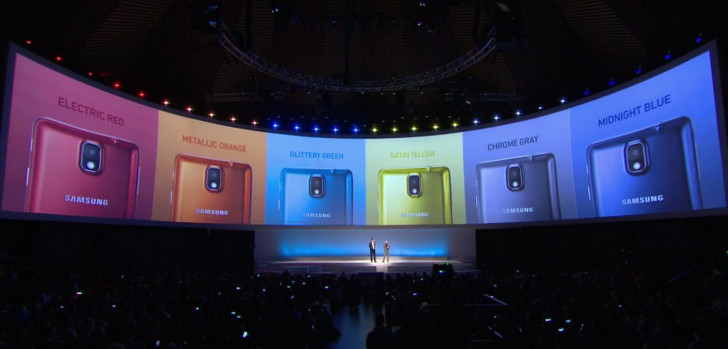
Today, Google fully detailed two of the as-yet-unannounced Pixel 4’s features most likely to receive top billing when it debuts in October: 3D facial recognition and radar-powered gesture controls. While only the Soli radar stuff is truly novel in the smartphone industry, Google will also be launching first Android phone with truly secure face unlock rivaling that of Apple’s in the iPhone X (other Android phones have used it, but Android as an OS couldn’t fully take advantage of it yet).
Following on the tease of the phone and its design earlier in the summer, Google is providing an unprecedented level of insight into a product that is months away from release—the sort of move tech marketers and lawyers traditionally dread, in the event the product fails to deliver, or fails to attract sufficient hype. But only the tech industry really seems to be quite so paranoid about this, and it’s long past time a company of Google’s size and influence showed us what we already knew: There is absolutely no reason to try to keep a tech product completely secret for the sake of one big mega-reveal. And it’s led me to question why we’ve held on to this played out marketing trope for quite so long.
As we all probably know, the reason tech companies first adopted the false narrative of complete secrecy—that is, of pretending leaks do not exist—around product launches is simple: Apple. Steve Jobs and his lieutenants pioneered the art of technological showmanship years before the smartphone was even really a thing, and when the first iPhone finally did land, Steve was a well-practiced master of his craft. The excitement that followed in iPhone launches each year thereafter—and Apple’s incredible and seemingly unstoppable success—led other tech companies to adopt a cookie-cutter approach. If a product could be highly anticipated but largely unknown to consumers and launch shortly after its announcement, the logic went, fandom and groupthink could drive impulsive purchases. There was also the glory and sense of real accomplishment that accompanied these reveals, giving Apple its now longstanding reputation as a company above the fray, the chaos, and the untoward business of business.
It’s (too) often been said, but Apple’s events are more akin to religious revivals than marketing presentations. And while Apple is as likely as ever to continue its tradition of superlative-laced keynotes set to delightfully minimalist technical slides and unreasonably polished TV commercials, I cannot fathom the rest of the industry will hold on to this ritual as a requirement much longer. No company has successfully replicated Apple’s technique, and they’ve had a good decade now to try. Google’s slow tease of the Pixel 4 is a clear sign that Gospel of Jobs has fewer strict adherents among product marketers and executives than in years past, a trend I expect will only continue as it becomes harder and harder to keep almost anything about a product secret.
Phone keynotes are expensive, unnecessarily boisterous, and a waste of time for most journalists that have to sit through them. They exist largely to satisfy the egos of executives and the budgets of marketers eager to earn their keep by putting butts in seats so that, for one to two uninterrupted hours, an audience is captive to the company’s often-not-very-tightly-crafted messaging. I am not saying that all keynotes are bad; in fact, many more technical ones can be useful, especially those that must cover a wide expanse of topics and concepts. But almost every smartphone keynote has nothing to effectively convey or share that cannot be conveyed as effectively in a blog post, an image gallery, and a few YouTube videos. The products today are almost infinitely more similar than they are different, and the lengths manufacturers must go through to provide narrative filler is increasingly painful.
The counterpoint and continued argument for the smartphone keynote is that it provides a way to gather a large number of journalists, analysts, and industry professionals in one location, i.e., that it’s efficient. This, too, breaks down largely as nonsense. Pre-event briefings are commonplace in the industry, with companies even going so far at times as to send journalists the product weeks before it is announced. Teleconference presentations, shared media assets, and blog posts are equally effective tools to this purpose. And if the argument is to be that people will actually get to try the product, sure: but why have the keynote? If anything, I’d be much more motivated to walk into a room using a phone I knew relatively little about, scrambling to find a good angle or feature, versus one I and 500 of my closest friends, along with the entire internet, have already heard all about (and I’m sure most journalists in my position would agree).
So, I welcome Google raining on its own parade. It dispels the myth that smartphones are some kind of special class of product that must only be revealed when they are well and truly ready, and that to do otherwise is anathema. After all, the video game, automotive, and movie industries tease products ahead of their official reveals constantly, and what harm has it done them? We often see such products hyped a year or more before they’re available, and last I checked, none of these sectors are imploding as a result. It’s time to lay bare the Jobsian dogma that has dictated how tech products (and smartphones particularly) are launched, and how little evidence actually serves to prop it up.
